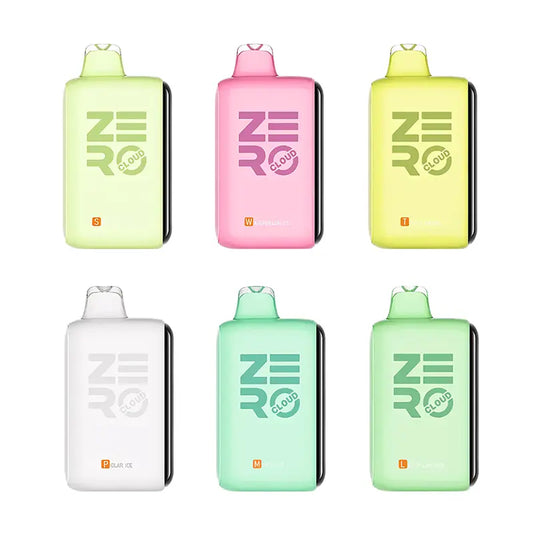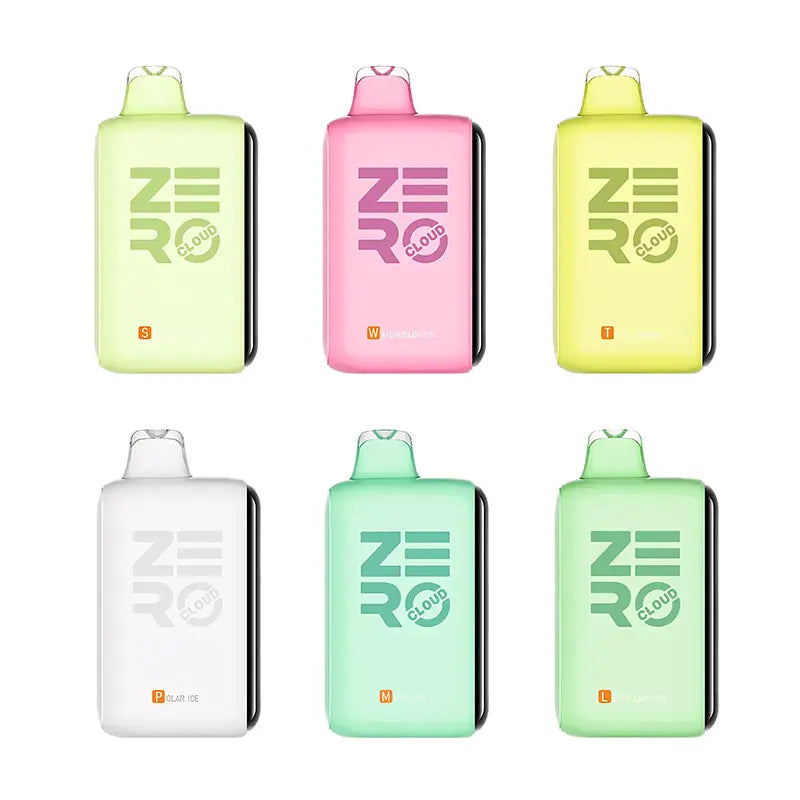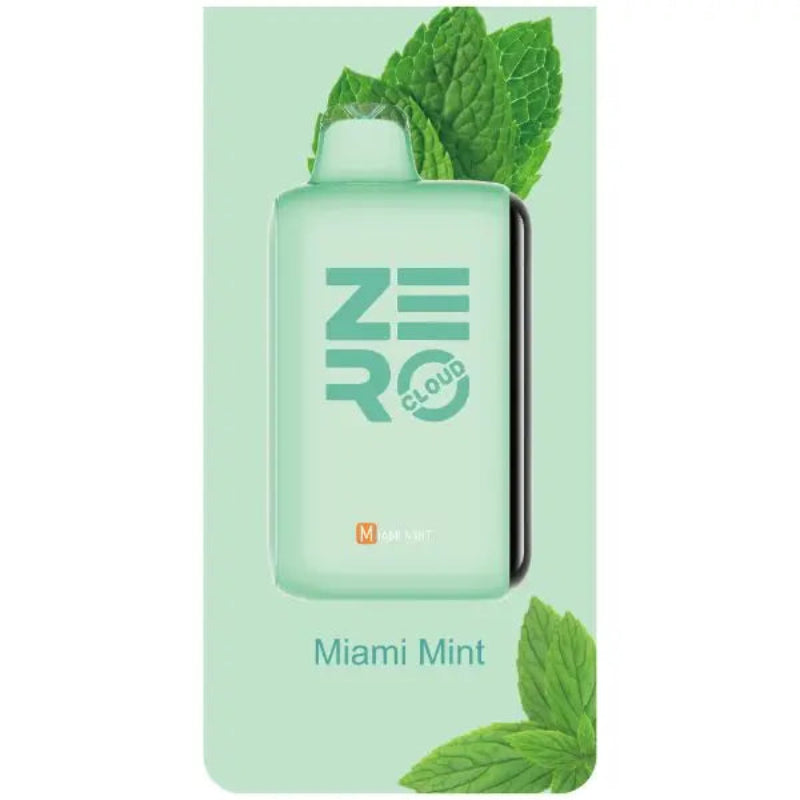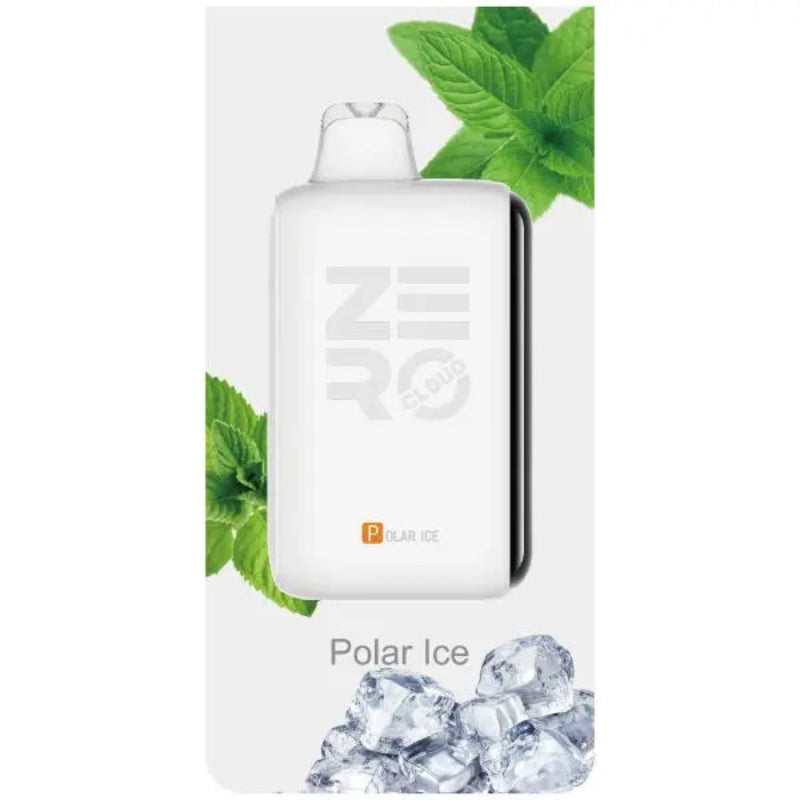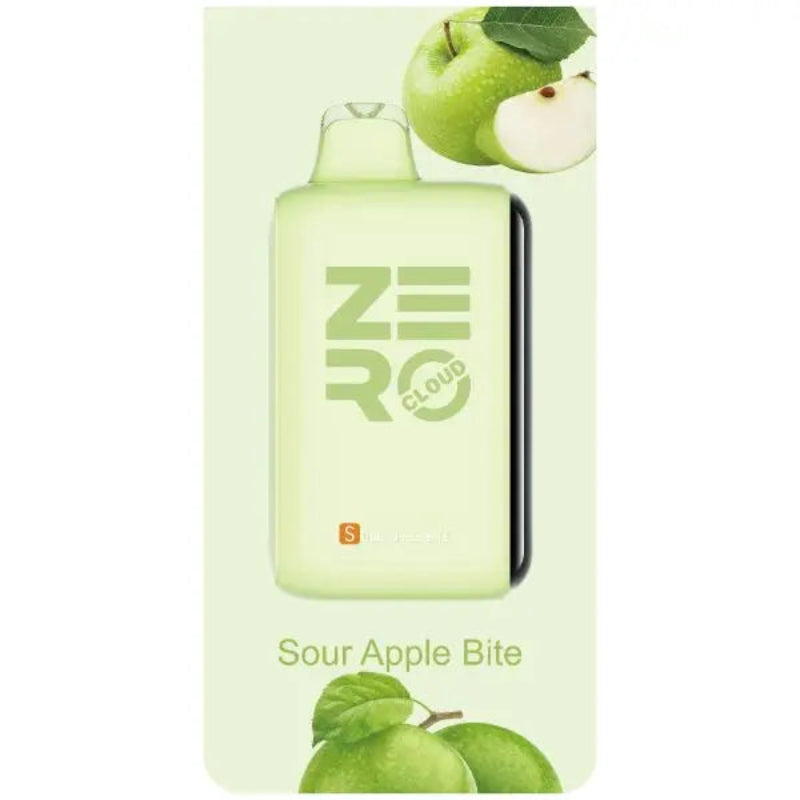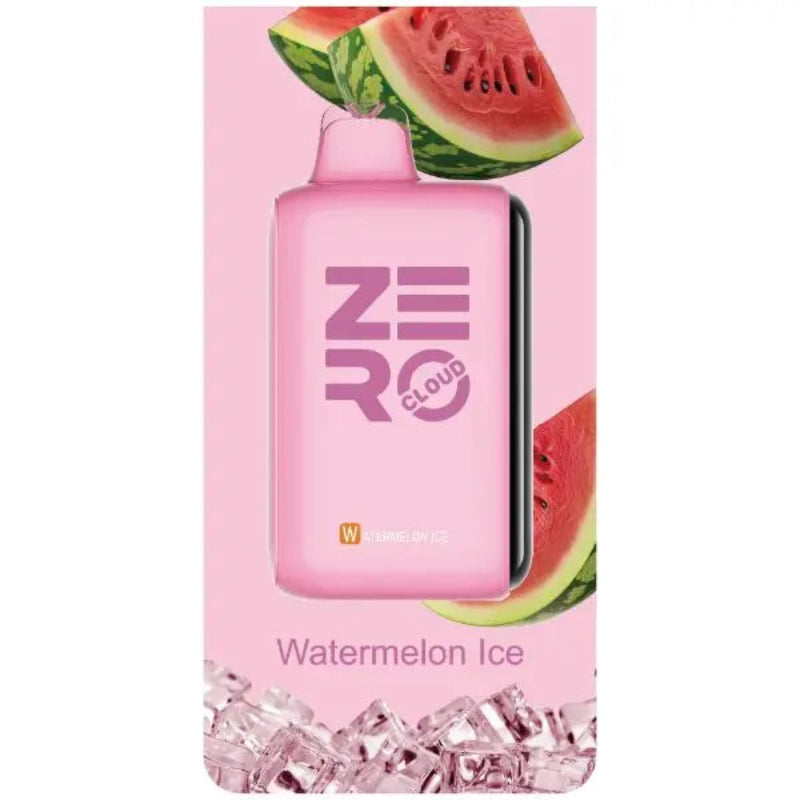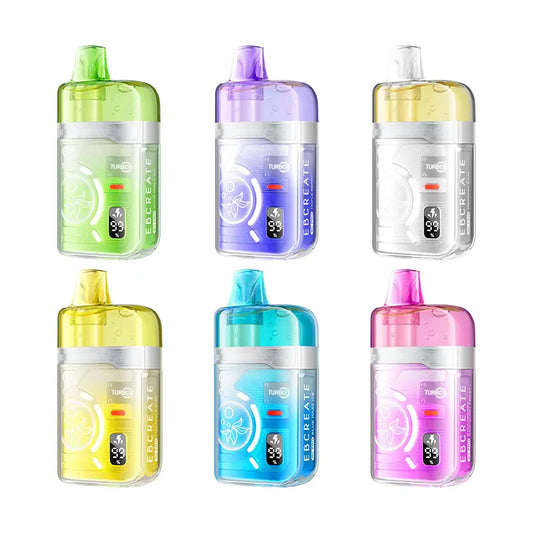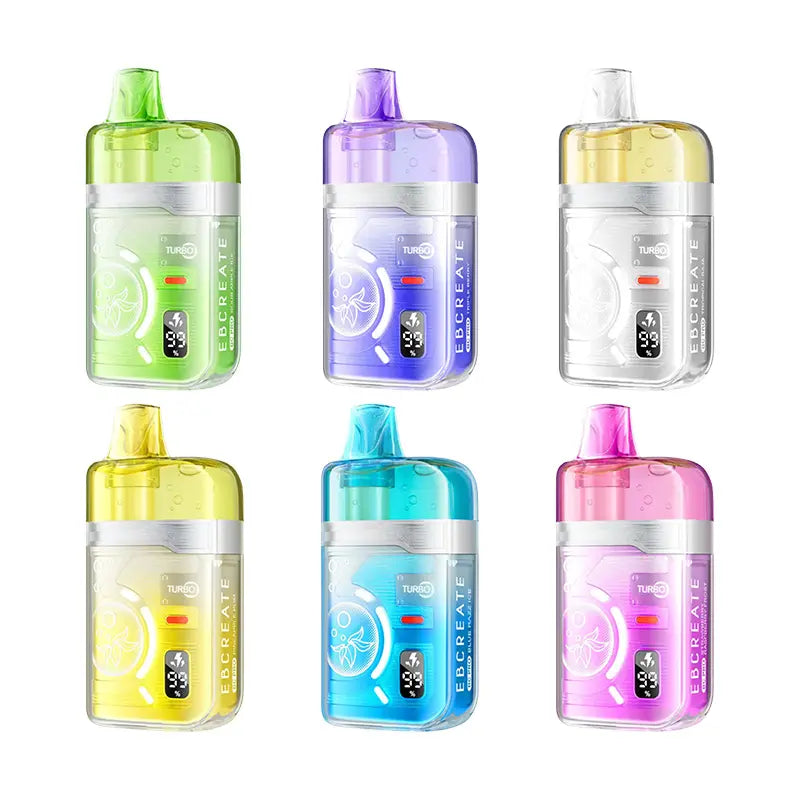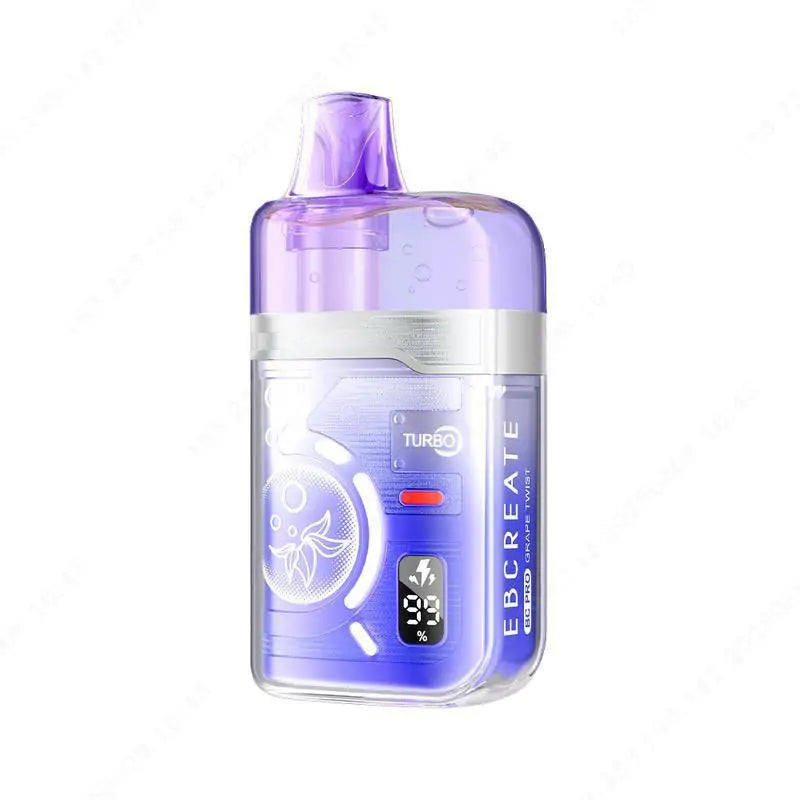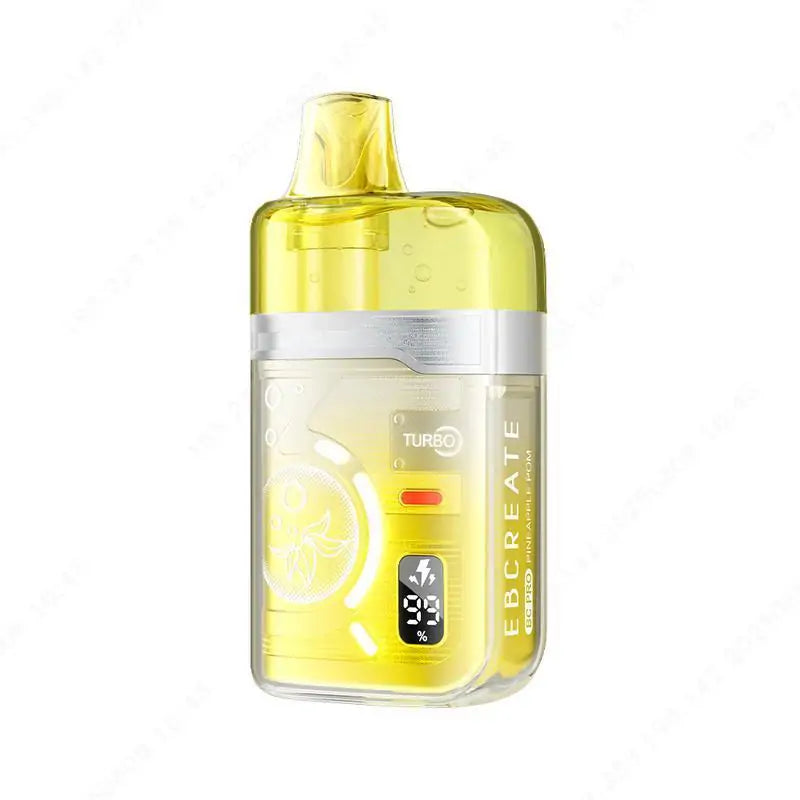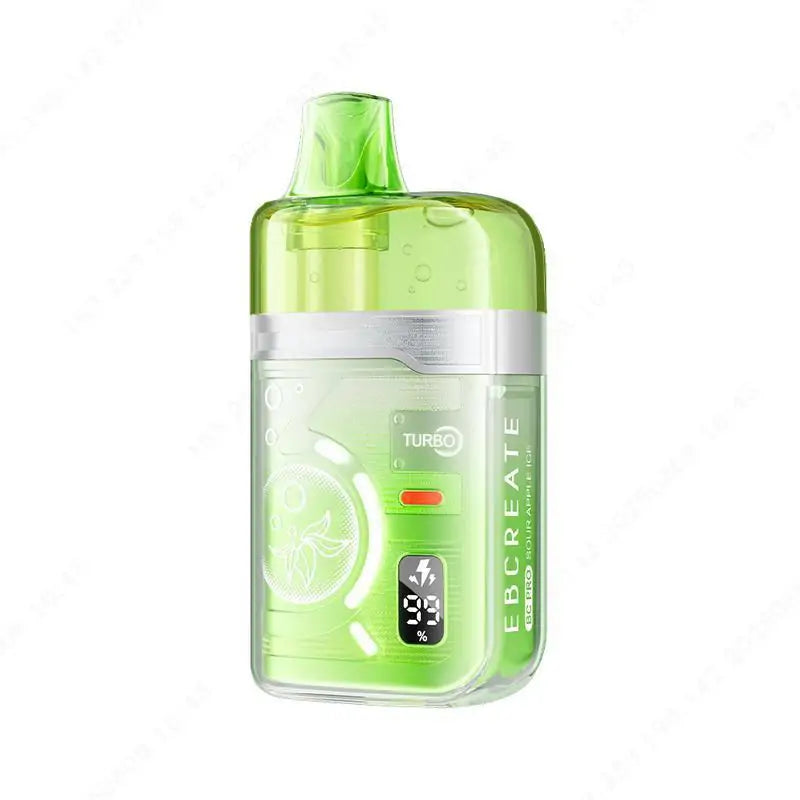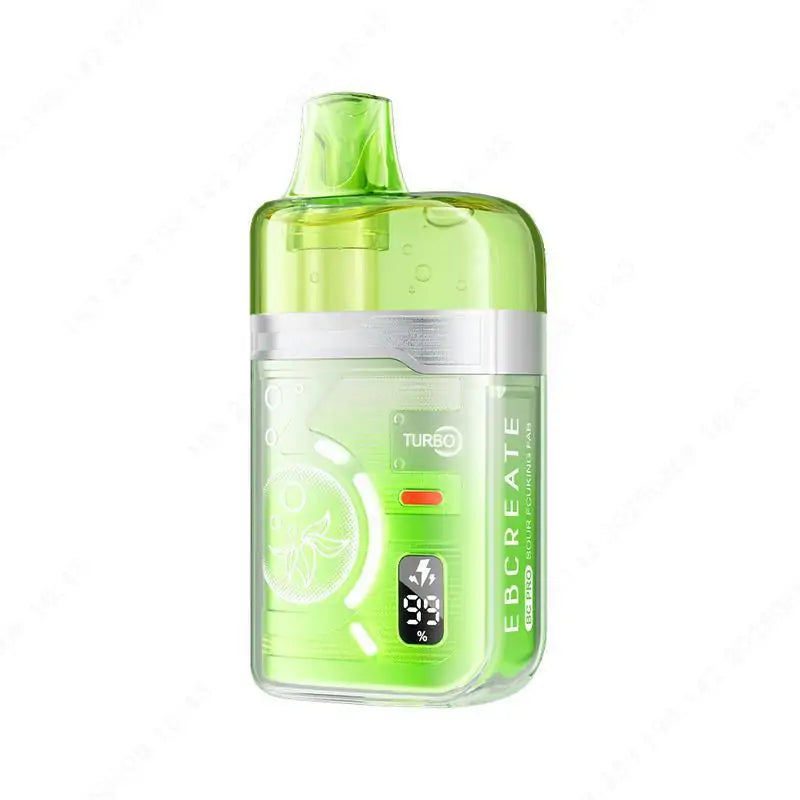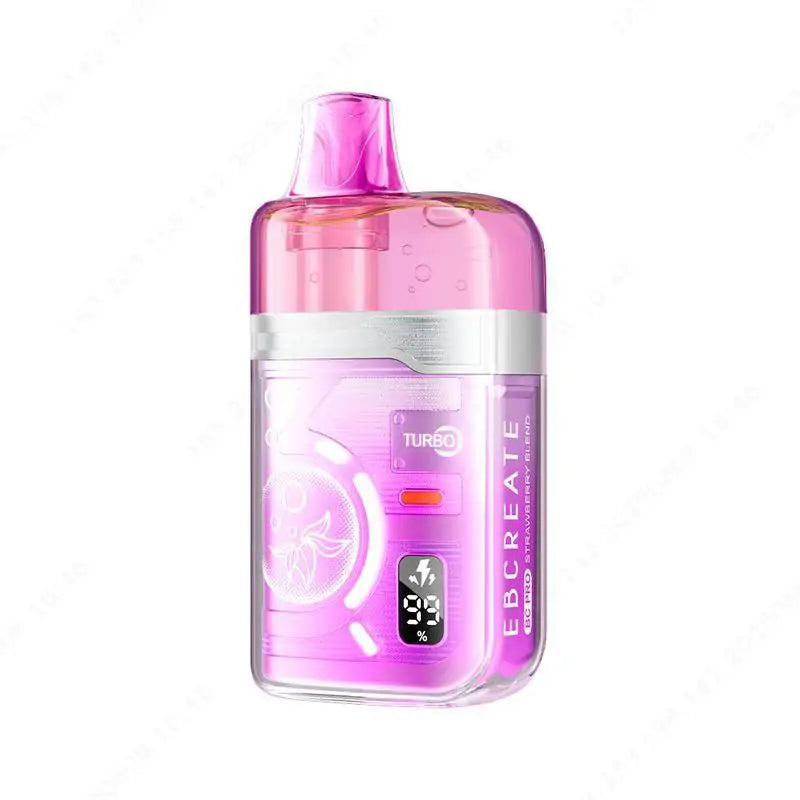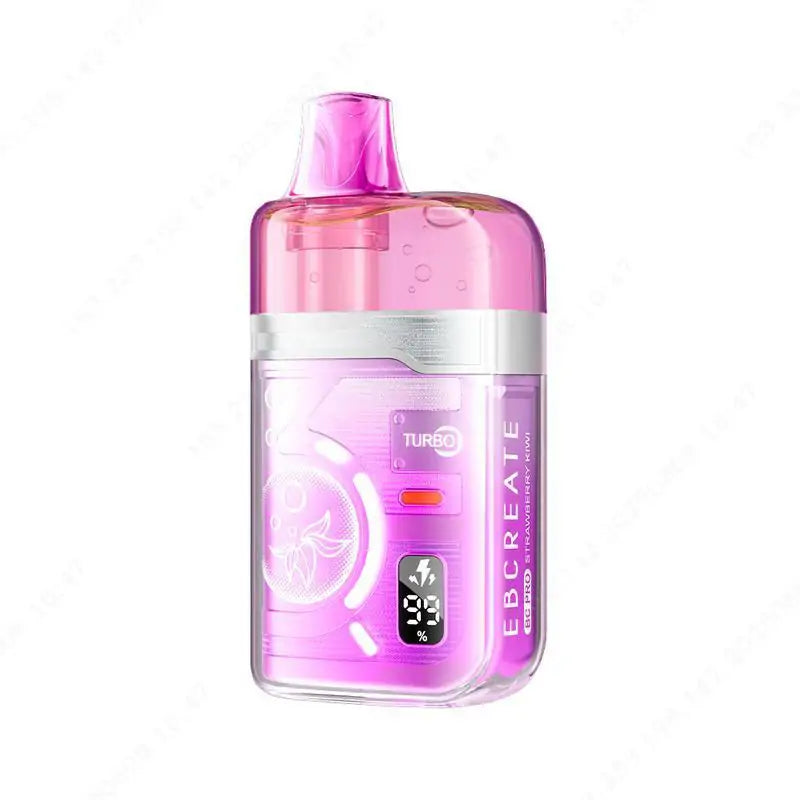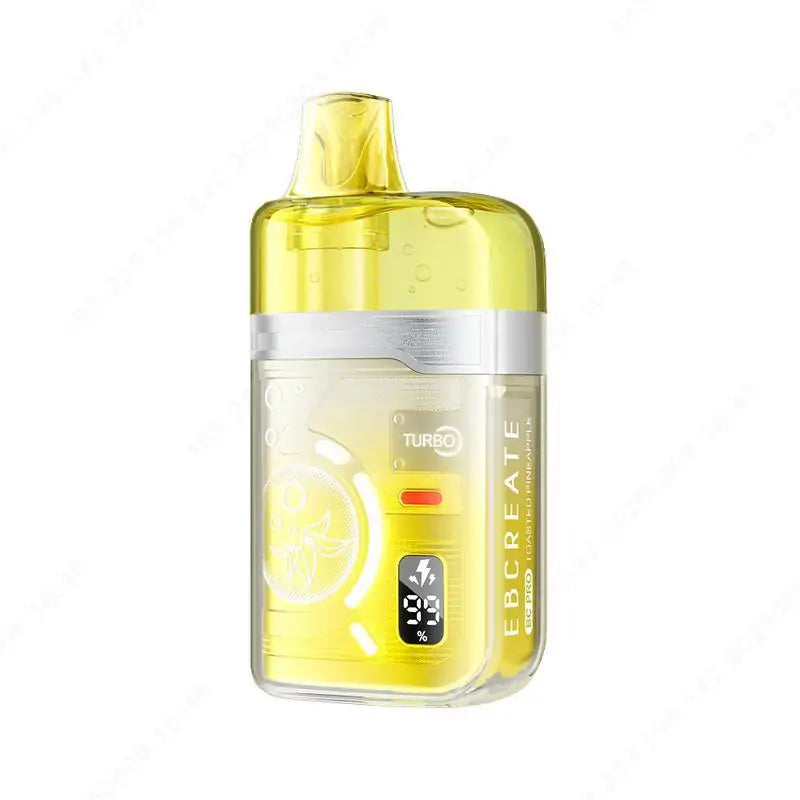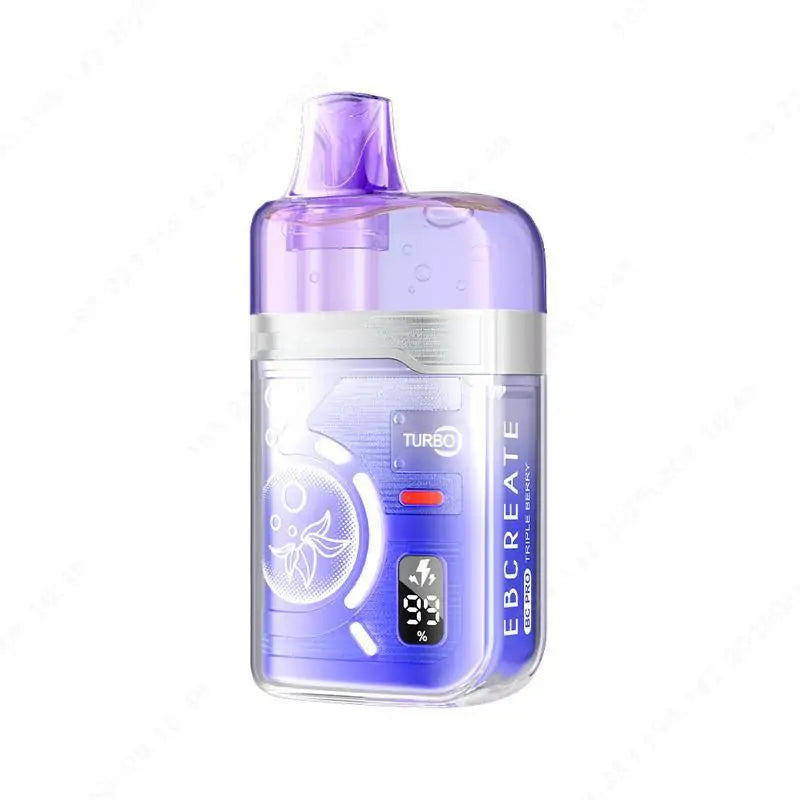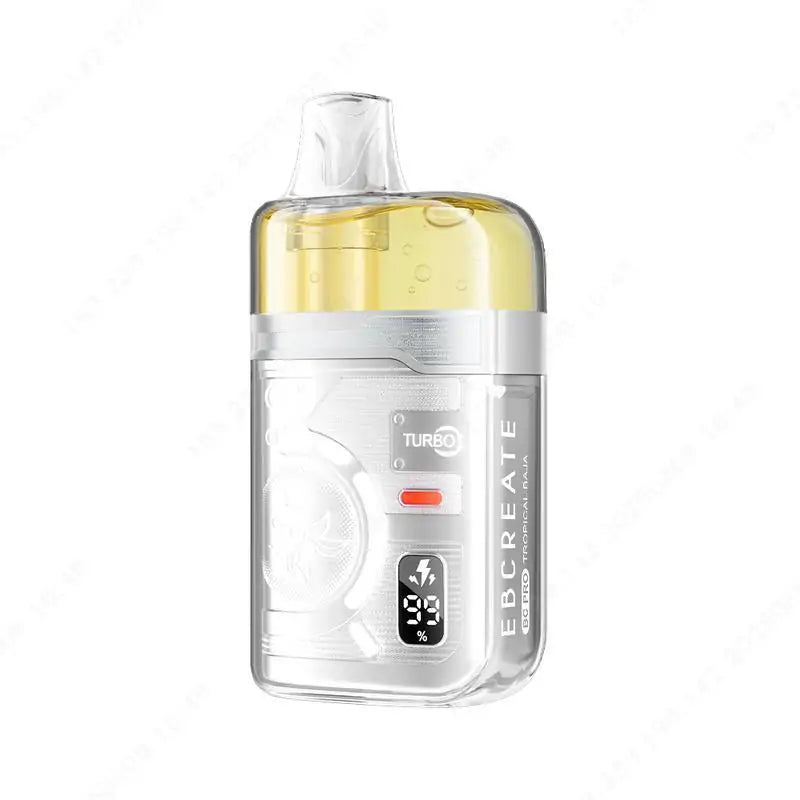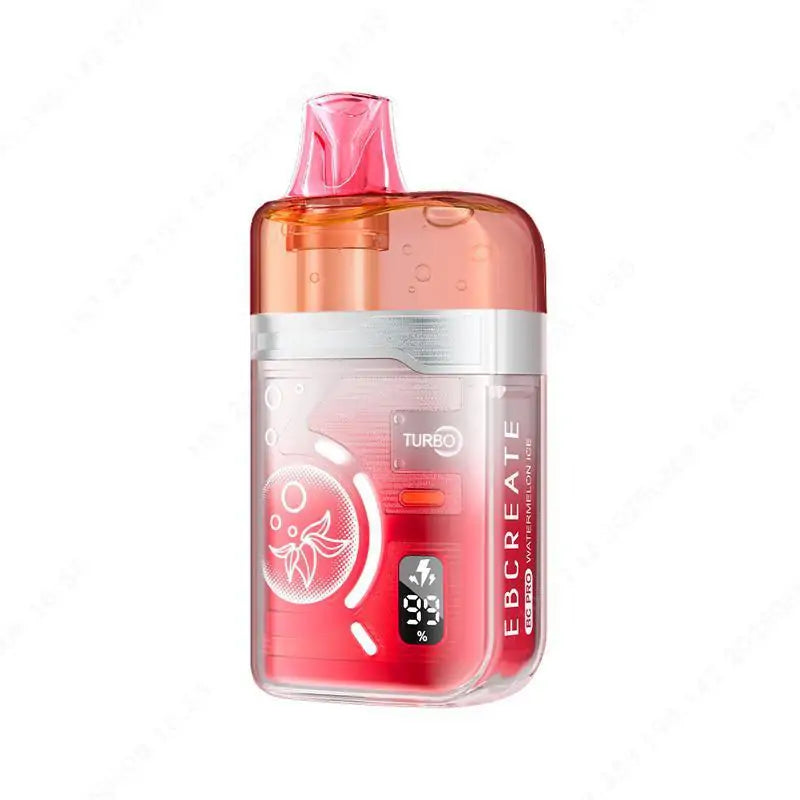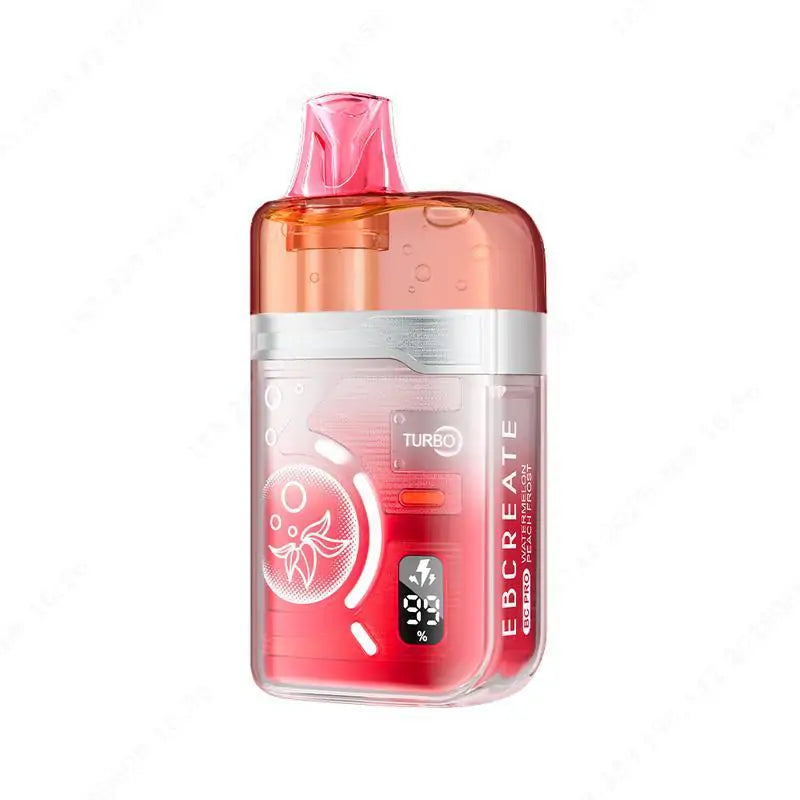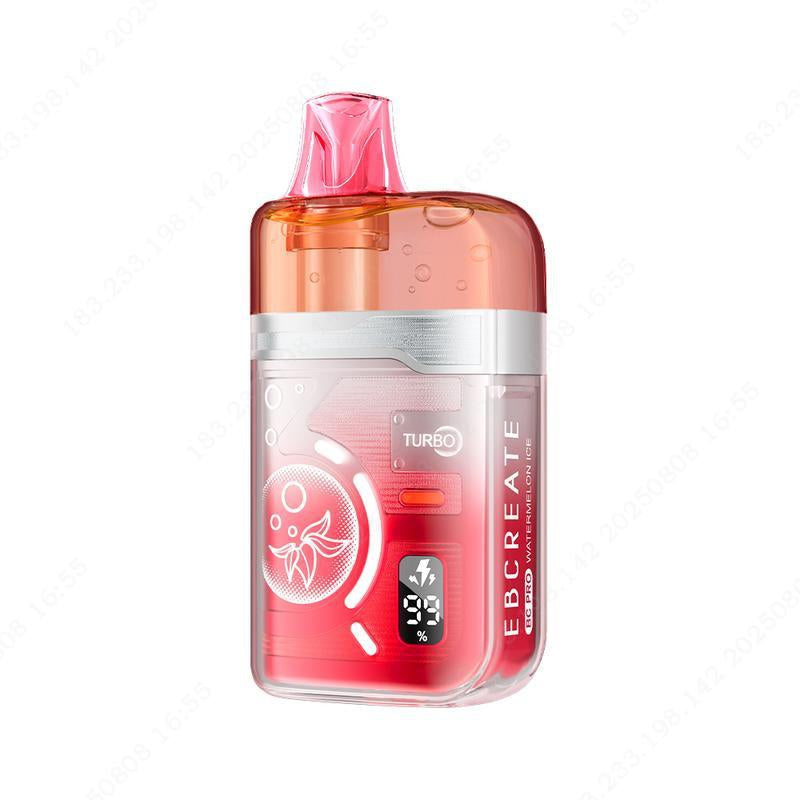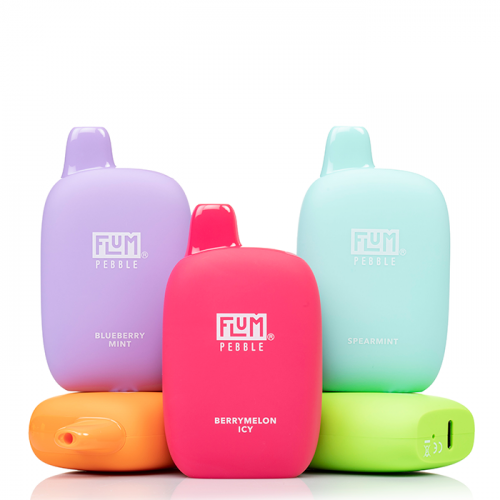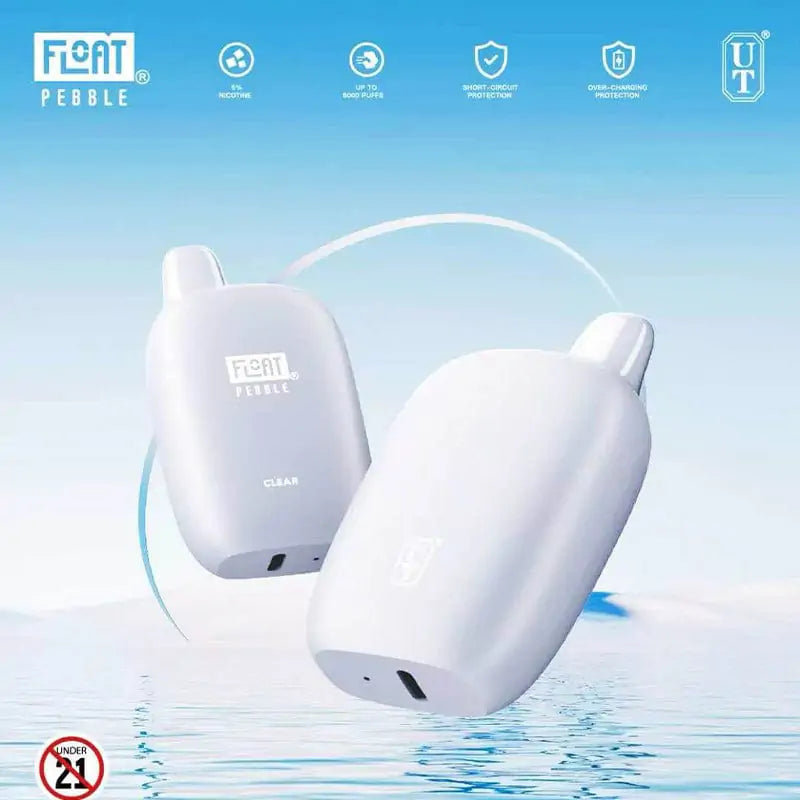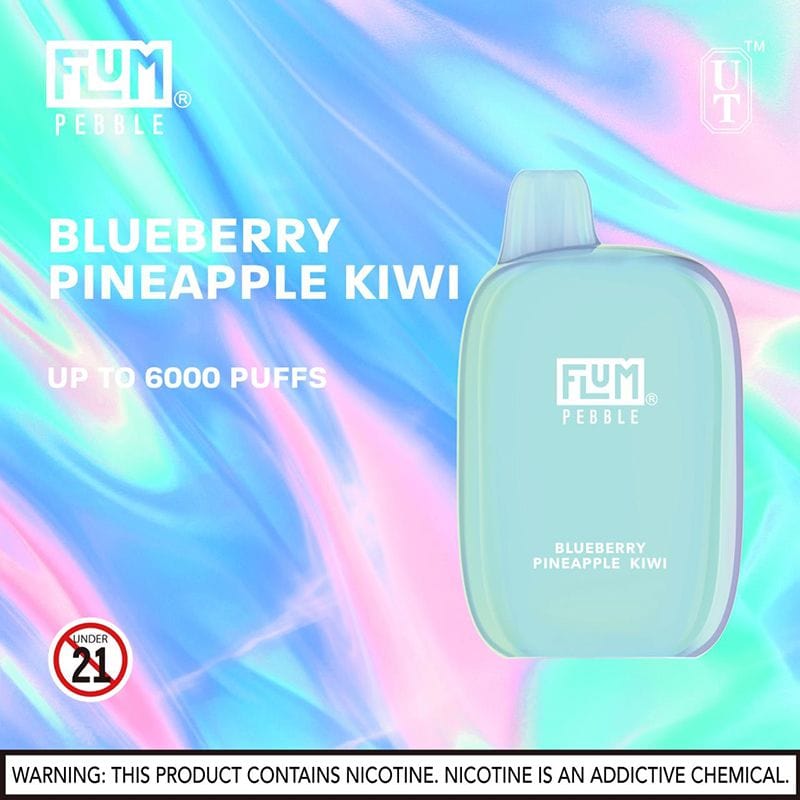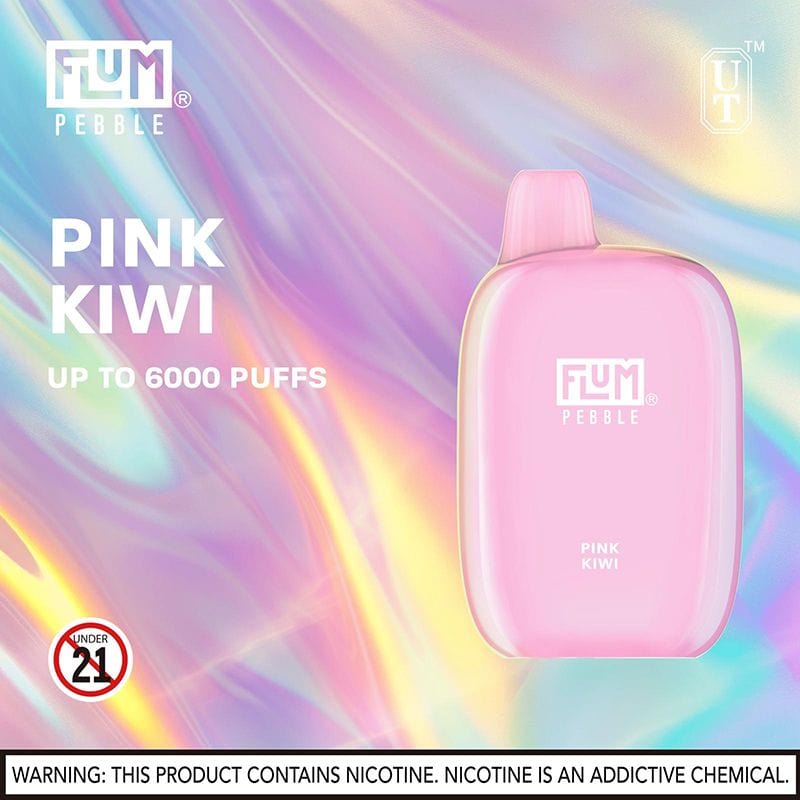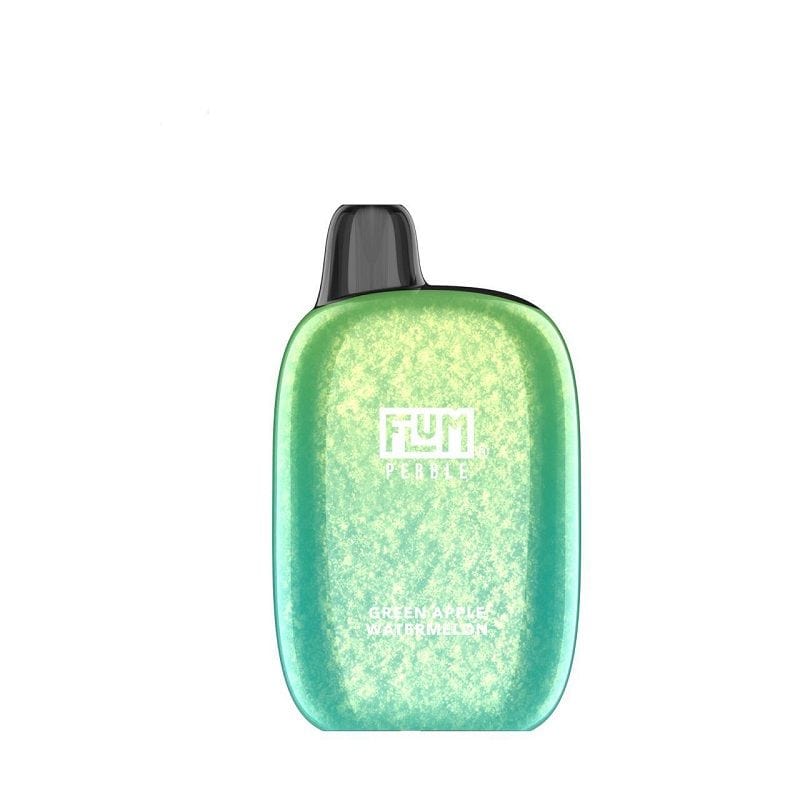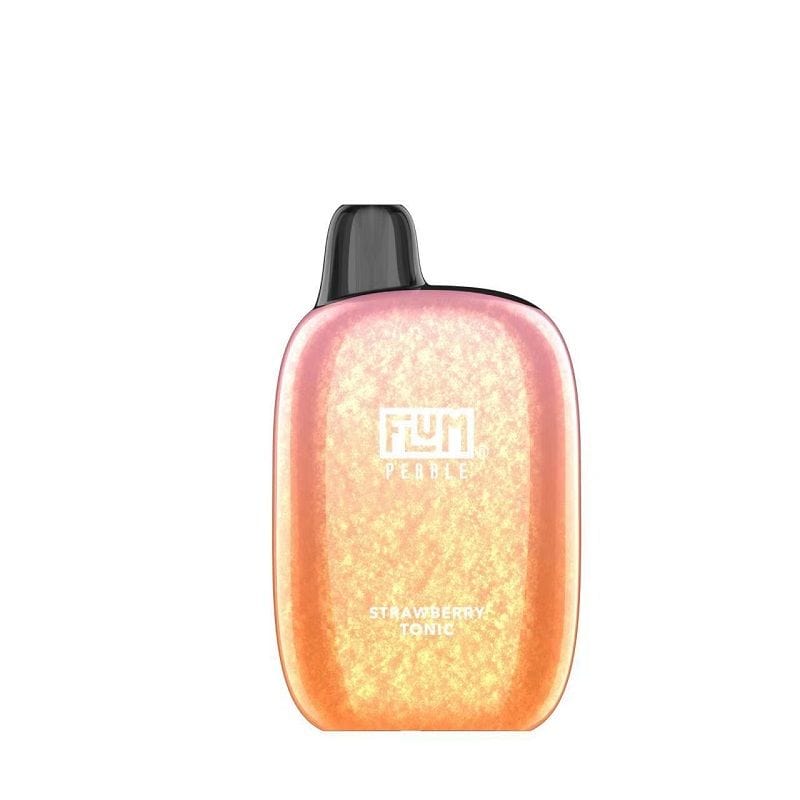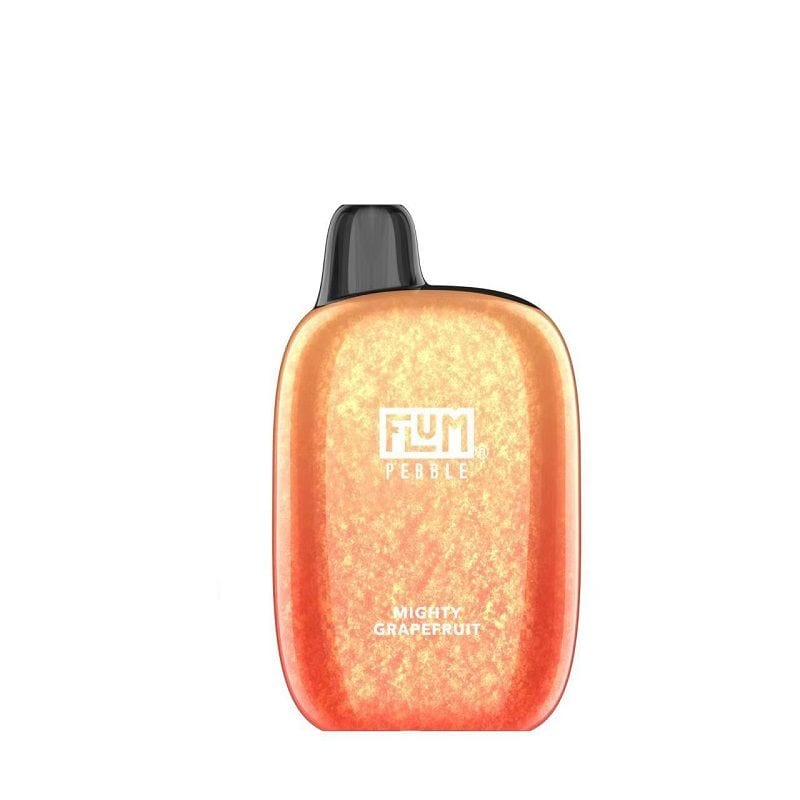In recent times, there has been a huge attack on vapes and vaping as an activity; from stringent government rules to sell restrictions and newer dissatisfying study reports, a lot has been said about vapes and vaping. The newer argument is the inclusion of “lead” in vapes—following a research report by the University of CA, Davis (UC Davis). So, is there truly lead in vapes? If yes, in what amount, and how threatening is it to vapers?
Great — I’ll dig into data, regulatory reports, scientific studies, and industry commentary on the presence and concentration of lead in both nicotine and cannabis vapes, with a focus on the U.S. and U.K. vaping markets. I’ll structure the article for a vaping-savvy audience and ensure it's engaging, informative, and backed by credible sources.
Is There Lead in Vapes?
Yes. Laboratory analyses have found arsenic, chromium, nickel, lead, and more toxic metals in vape aerosols and fluids. Researchers at Johns Hopkins University reported that many user-owned e-cigarettes generated vapor with “potentially unsafe levels of lead, chromium, manganese, and/or nickel.” None of the devices tested in that study was free of these contaminants.

Also, a 2024 study summarized by Environmental Health Perspectives likewise noted nickel, lead, arsenic, manganese, and other metals in vapors across different vape types. These toxic elements come from the metal coils, solder joints, wiring, and even impurities in the e-liquid itself, not like the manufacturers are adding these contaminants purposely. Hence, in short, yes, there is lead in many vapes, especially the low-quality ones.
How Much Lead Are We Talking About?
It largely varies depending on the contributing factor. Lead contaminant from the wick is much lower than when it’s coming from the tank’s build material or breakdown of the e-liquid ingredients.

Out of curiosity, you may want to know if cigars had lead, too? Well, yes, even cigarettes have traces of lead from tobacco, but it is examined to be much fewer than in vapes; a 2025 ACS study reports that “one of the disposable e-cigarettes studied released more lead during a day’s use than nearly 20 packs of traditional cigarettes.”.
The median lead amount found in vape aerosols is around 15µg per kg, which is tantamount to 25 times that is in refill liquids.
Where Does the Lead Come From?
Here comes the big question! It’s not like vape manufacturers intentionally introduce lead into their products, but several components used in making these vapes have a tendency to do so:

· Heating coils and wires: Most coils are made of nickel, chromium, or other alloys; as such, when they degrade, they can release lead particles; coils with tin or brass solder, or handmade “wired coils,” can shed leaded solder.
· Device hardware and solder joints: Vape devices have some soldered parts (especially DIY vapes), screws, and metal contacts. These parts of the vapes tend to shred lead into the e-juice when they degrade or are pried apart.
· Contaminated e-liquid: Sometimes, the e-juice itself has impurities due to the chemical formulation. At some point, the infused ingredients and scents may start to break down, thus introducing lead into the juice. Also, a 2021 NIEHS EMIT study found arsenic and lead already in the e-liquid before any heating, suggesting the raw ingredients, bottles, or mixers were contaminated prior.
Types of Vapes and Metal Exposure
Different types of vapes may pose different levels of lead—or other metal contaminants—exposure due to the design and components.

· Single-Use Disposables: These vapes have become the most popular in recent times. They are dirt-cheap and easy to use. Well, the ACS study found some disposables spitting out startling levels of lead, nickel, and antimony because their components are usually stamped together quickly, and quality control is negligent.
· Pod Systems: Vapes with closed pods also emit nickel and lead, but in smaller levels compared to disposables.
· Mod Kits: Larger vaping rigs (box mods, rebuildable atomizers) that use replaceable coils and tanks tend to have higher metal exposure. Studies have shown open systems often produce higher metal concentrations in the aerosol than closed pods.
Summarily, all vape types can introduce lead to the users, including FDA-authorized vapes—in different levels.
Health Effects of Lead Exposure
Lead is a potent neurotoxin and carcinogen. It accumulates in the body and can cause health issues such as brain damage, heart failure, kidney failure, and nervous system disorders. No amount of lead is considered safe, especially for children and pregnant women. Vaping-derived lead adds to these risks.

Well, there is never a time vapes have been advertised to be 100% risk-free; they are simply designed as an alternative to traditional smoking, and when you compare smoking to vaping, the latter is safer in the sense that it doesn’t contain as many toxic deposits as the former, in general consideration and analyses.
How About Cannabis Vapes and Other Nicotine-Free Vapes?
Non-nicotine vapes have been getting the buzz of recent—being preached as “wellness vapes” with fewer toxic formulations. Well, even them—nicotine-free vapes—are not exempt from this argument of lead presence in vapes. Yes, cannabis and other nicotine-free vapes also contain lead; as highlighted earlier, the lead deposits come from the build material (mainly) and wick/coil degradation, and these nicotine-free vapes have such components.
Regulatory Approach in the U.K. and the U.S.A.
In reality, both in the U.K. and the U.S., there are no clear regulatory frameworks that set explicit lead limits for vapes—both have oversight systems:
United Kingdom
In the United Kingdom, vaping products are tightly regulated; manufacturers must notify the Medicines and Healthcare products Regulatory Agency (MHRA) of any product and list all ingredients they will be using for each vape product they’re producing. Under the Tobacco and Related Products Regulations (TRPR), only ingredients deemed safe may be included.
However, in practice, enforcement focuses on nicotine limits and labeling; testing for trace metals relies on good manufacturing practice and random checks. Recently, the UK authorities found illegal disposable vapes – even hidden in kids’ highlighter pens – containing “shockingly high levels of heavy metals including lead,” prompting a UK-wide ban on single-use disposables (effective June 2025) to curb youth use – though the ban was motivated by overall safety and waste concerns, not metal content alone.
United States
In the US, the FDA oversees e-cigarettes as tobacco products but has not made any rules or regulations in regards to the presence of metallic deposits in vapes. There are no specific US limits for metals in e-cig emissions. However, the agency does have general product safety authority. Thence, in practice, US vape brands try to adhere to the American Society for Testing and Materials (ASTM) voluntary standards and get their products whitelisted by the FDA.
The recent FDA crackdown mostly targeted flavors and illicit products, not contaminants in the e-liquids or any metallic presence, specifically. Basically, US vapers presume that vapes included in the FDA-approved whitelist are safe to consume, but in reality, even those vapes can contain lead once their build material or wick/coil start to degrade. In fact, the US universities’ surveys that showed lead presence in vapes were carried out using FDA-approved vape products.
Can Lead Be Removed From The Body?
Yes. Definitely. Lead accumulated by the body through vaping or other means can be removed from the body medically through Chelation Therapy or via nutritional support. For nutritional support, you have to take foods rich in iron, calcium, and vitamin C—they can help reduce lead absorption and potentially assist in its removal.
Conclusion
So, if we are being sincere here, yes, lead can and does occur in vape products; however, the amount varies and is literally negligible. But since it’s lead we’re talking about here, no amount of it should be negligible, as the body doesn’t need any. That said, it all ball down to moderation—if vaping is an activity you don’t intend to stop, then you must engage consciously and in moderation.
Key Takeaways:
· Lead is common: Nearly all vape devices tested have some lead in their vapor. If you inhale enough puffs, you’ll ingest some lead.
· Levels can be high: A single disposable pod can emit lead equal to dozens of cigarette packs.
· Source of lead in vapes: Contamination during the e-liquid manufacturing or leaching from coils/metal parts. Using high-quality coils and low-power settings can reduce (but not eliminate) it.
· Health risk: Lead from vaping adds to the cumulative exposure that harms organs and development. There is no safe level, so minimizing any lead inhalation is wise.
· Choose products carefully: Make sure to carefully choose your vapes; buying from verified and approved retail stores would imply that you will be buying an original vape device.




